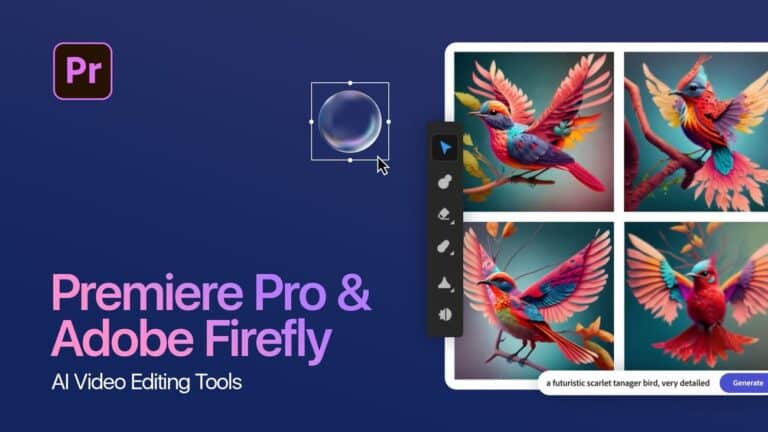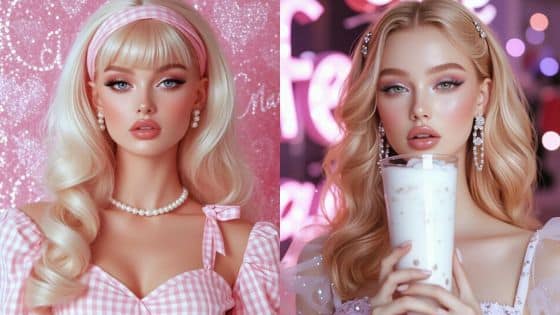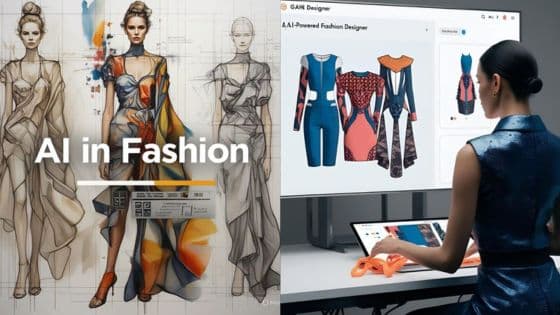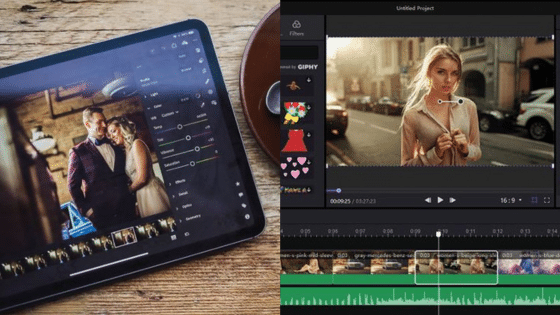Introduction to Artificial Intelligence in Fashion Design
Artificial Intelligence has taken off across industries, fashion design included. Combining technology with creativity opens up endless opportunities for experienced fashion designers. Consider an AI-enhanced hat design company using it to predict trends or produce unique patterns that resonate with consumers – it revolutionizes how we view style, craftsmanship and sustainability!
Fashion design in today’s fast-paced landscape depends heavily on innovation. Designers must constantly pursue fresh concepts while simultaneously considering environmental concerns. AI’s arrival has revolutionized how designs come to life–exciting but essential exploration! Join us as we delve into its intriguing role within modern fashion design!
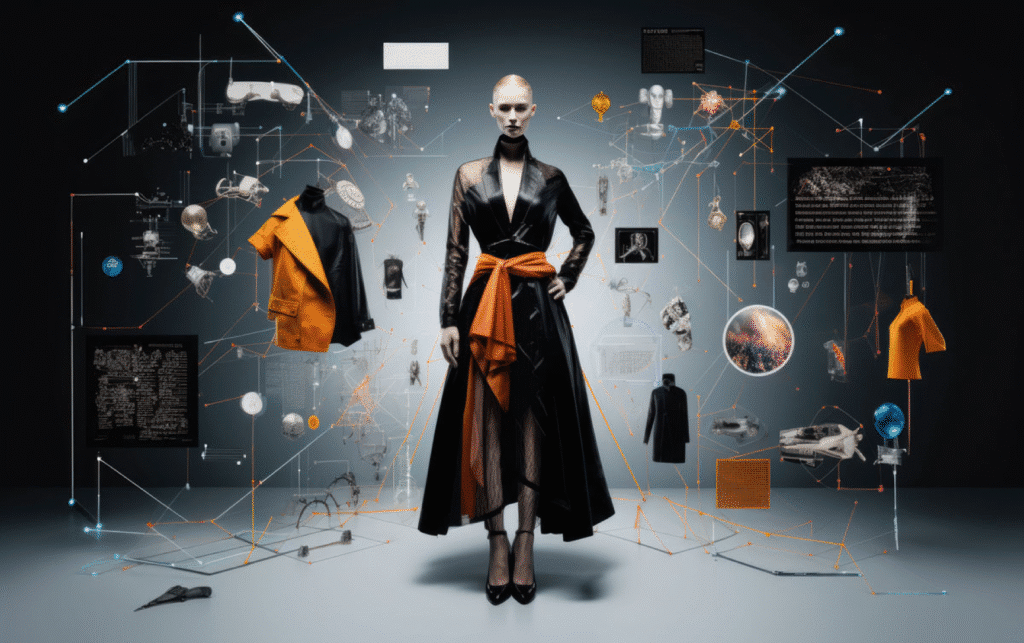
How AI Is Revolutionizing the Design Process
Artificial Intelligence is rapidly revolutionizing fashion design. By streamlining workflows and freeing designers to focus on creative pursuits rather than mundane administrative duties, Artificial Intelligence can play an indispensable role in revolutionising fashion design today.
Artificial Intelligence can identify trends and styles that resonate with consumers through large datasets, providing designers with insights not previously accessible to them.
AI tools enable designers and entrepreneurs to rapidly prototype multiple variations of an original concept within minutes, speeding up both creativity and experimentation processes.
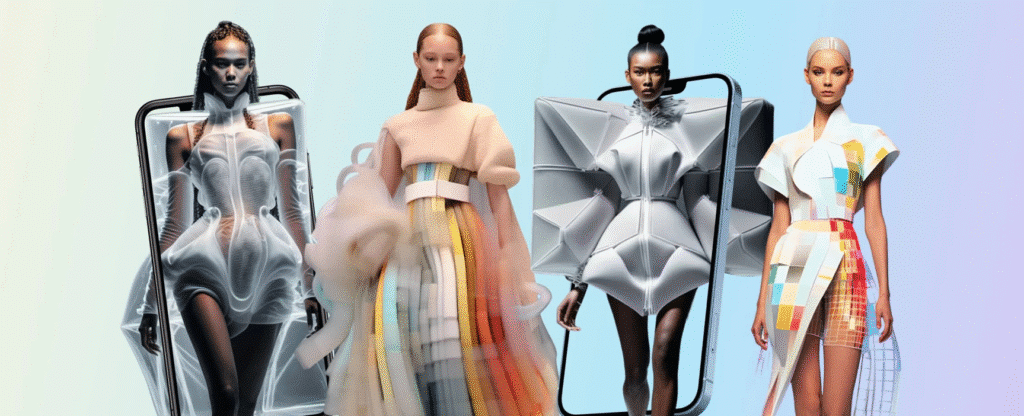
Machine learning algorithms also respond to customer feedback, improving their ability to anticipate what customers will appreciate in future seasons or months.
AI integration in hat design firms allows hat companies to craft innovative headwear that embodies current aesthetics while meeting market requirements effectively. Human creativity combined with artificial intelligence creates new pathways of expression and innovation within fashion design.
Impact of AI on Sustainable Fashion Industry Developments
AI is revolutionizing fashion design. By automating processes and streamlining workflows, this breakthrough allows fashion designers to devote their full focus on creative pursuits instead of administrative duties.
Artificial intelligence has the capacity to quickly analyze large datasets, quickly identifying consumer preferences. Through its data-driven approach, this provides designers with insights that were previously unavailable.

Artificial intelligence tools allow designers to rapidly prototype various concepts within minutes, inspiring creativity while encouraging exploration.
Machine learning algorithms continuously learn from customer feedback to increase their ability to accurately anticipate demand in any quarter or month.
Many Hat design companies like Aung Crown Caps, are using artificial intelligence (AI) to design headwear to successfully meet market needs while staying ahead of trends. When humans work alongside AI to design headwear, new opportunities for expression and innovation become apparent within fashion design.
Examples of AI in Fashion Design
Artificial Intelligence is making waves in fashion design, upending traditional methods. One noteworthy use is by major brands to use AI-powered algorithms for consumer preference analysis; this technology predicts trends based on social media feeds and shopping behavior data.
Virtual fitting rooms are another innovative application of AI integration that makes shopping experience better for consumers. Companies use artificial intelligence (AI) to allow virtual fitting rooms that enable customers to try on outfits virtually. Customers can see if clothes fit without ever setting foot inside a store – further improving purchasing experiences!
AI-generated designs have quickly become an exciting trend. Some fashion houses collaborate with AI systems that generate innovative patterns or styles beyond anything human designers could imagine.
Well-established hat design firms are turning to machine learning for customizing designs. By analyzing customer feedback and sales information, these renowned firms create customized hats tailored specifically for clients while simultaneously streamlining production processes.
These examples highlight AI’s various applications in dynamically and efficiently transforming modern fashion design.


Challenges and Limitations of AI in Fashion Design
AI brings innovation to fashion design, but faces notable hurdles. One key difficulty lies in its inability to comprehend emotional context; fashion often represents cultural nuances which algorithms may miss altogether.
Data dependency can also present challenges to AI; to be effective at learning effectively requires vast quantities of diverse and representative data that enables effective design production. If these requirements do not materialise then designs produced may be biased or subpar.

Technology cannot fully imitate human creativity. Fashion designers draw on life experiences and emotions when creating clothing designs – something AI cannot replicate perfectly.
Concerns are being voiced regarding job displacement as more companies adopt artificial intelligence tools; as more traditional roles might disappear due to such tools.
Integration of new technologies into established workflows can be complex and expensive for fashion design firms and other sectors in fashion, creating an awkward transition period which makes striking the right balance between innovation and tradition difficult to accomplish.


The Future of AI in Fashion Design
Future possibilities of AI fashion design are vast. As technology develops further, its influence will expand even further on creative processes of experienced fashion designers.
Imagine an AI capable of not only producing innovative patterns but also anticipating trends before they appear, giving brands a significant competitive advantage and helping meet consumer demands quickly and easily. This could provide companies with a powerful advantage against rival brands.
Personalization will reach new heights thanks to advanced algorithms and data analysis; shoppers will get tailored recommendations tailored specifically for them that reflect their distinctive styles.
Human creativity and machine intelligence will change how collections are conceptualized. Renowned hat designers may soon partner with artificial intelligence tools that enhance their artistic vision while streamlining production processes.
Sustainability initiatives may gain greater momentum. AI-powered solutions offer solutions to minimize waste by optimizing materials and streamlining supply chains – essential steps for an eco-conscious industry to move forward successfully.


Conclusion
Artificial Intelligence has revolutionized fashion design because nowadays many experienced fashion designers are making use of AI tools to hone their creativity, streamline processes, and make data-driven decisions that resonate with consumers. AI not only fosters innovation but also contributes to sustainability by streamlining production methods and decreasing waste production costs.
As technology develops, hat design companies must embrace it. A number of notable hat designers have implemented AI into their workflows to produce unique pieces combining artistry with analytics; however, challenges still exist–ensuring human touches in designs while considering ethical considerations regarding tech use.
Looking ahead, AI holds great promise for fashion design. Thanks to technological developments, we can anticipate an era where machines work alongside humans collaboratively to produce unprecedented creativity – which may shape trends while making industries more responsive to consumer needs.
Artificial Intelligence in fashion design is just embarking upon its exciting journey, as both established and upstart names experiment in this fascinating arena. No one knows what creative expressions will arise next!
- 4shares
- Facebook0
- Pinterest3
- Twitter1
- Reddit0








